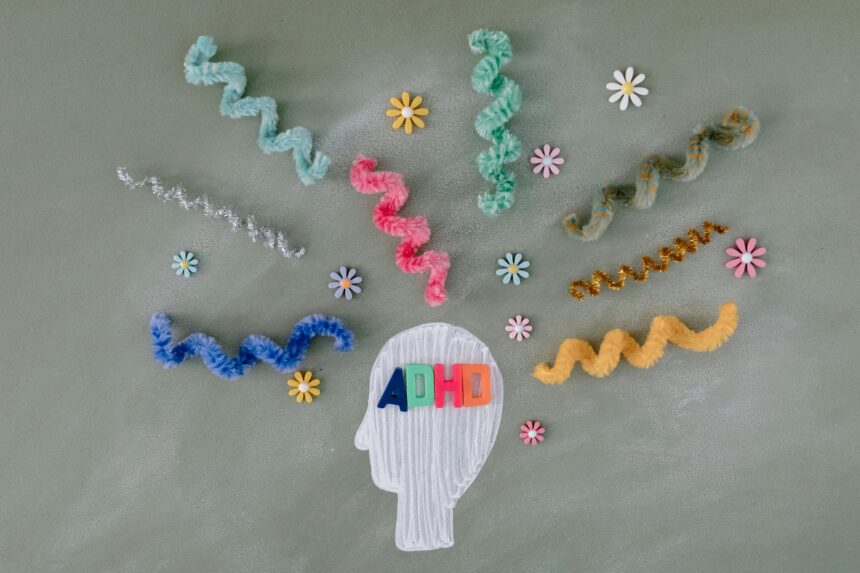ADHD, or Attention Deficit Hyperactivity Disorder, is a neurodevelopmental disorder impacting an individual’s ability to perform in different aspects of their life, such as in school, with friends, and even at home. As the name suggests, this disorder involves a lack of attention and hyperactive behavior. In Pakistan, the percentage of kids affected with ADHD is between 3 and 5 percent, approximately, but it can be much more if we take into account the lack of awareness and understanding that revolves around psychological health and needs in our country. The first signs of ADHD appear in children aged six or seven, but sometimes they remain undiagnosed or overlooked for the early period of their life depending on the influence ADHD has on their behavior and how strongly it reflects itself during that time. The National Human Genome Research Institute estimates the chances of ADHD growing into adulthood to be 20 to 30 percent. Untreated ADHD in adults leads to various mental health problems like depression, anxiety, and social and sleeping disorders.
Early symptoms that are taken into account while diagnosing children with ADHD include inattentiveness, hyperactivity, and impulsiveness that would be relatively far more severe or fiercer in contrast to those of other children of the same age group. According to the Diagnostic and Statistical Manual of Mental Disorders, fifth edition, ADHD is divided into three subtypes: inattentive, hyperactive-impulsive, and combined. When diagnosed, a person must have at least six of nine set symptoms for either subtype or six of nine symptoms from both subtypes together to have combined-type ADHD. These symptoms must persist for a continuous period of six months for a diagnosis to be given. Characteristics of inattentive-type ADHD include inability to pay attention to details, frequently making careless mistakes or losing things, being easily distracted, not listening when being spoken to, forgetfulness, etc. Meanwhile, people with the hyperactive-impulsive type of ADHD show characteristics of restlessness like fidgeting or squirming, being unable to sit still in a place for long periods, excessive talking, having trouble indulging in quiet activities, etc.
There is no definite answer to what causes ADHD, but it is found to be hereditary from one or both parents about 90 percent of the time. It is also deduced to be a work of certain unique environmental factors, sometimes, like an illness or an injury that may lead to the development of this disorder. A study conducted by the National Institute of Mental Health suggested that the frontal lobe of children with ADHD grows at a relatively slower pace than children who do not have ADHD. It was recorded that those areas developed with a delay of three years in contrast. There have also been studies recording an imbalance in levels of neurotransmitters like dopamine and norepinephrine.
Treatment for ADHD revolves around medications, counseling, behavior therapy, diets, and educational services. Psychologists place great importance on the education of parents as well as teachers to provide an effective environment for children. Since ADHD is a neurodevelopmental disorder, symptoms may vary from person to person, and thus treatment too can be different, based on what suits and works for them. Getting a diagnosis and treatment can make trudging through life easier for people with ADHD at any stage, answering their questions of living a ‘different’ life than their peers and gaining peace of mind.


Leave a Reply